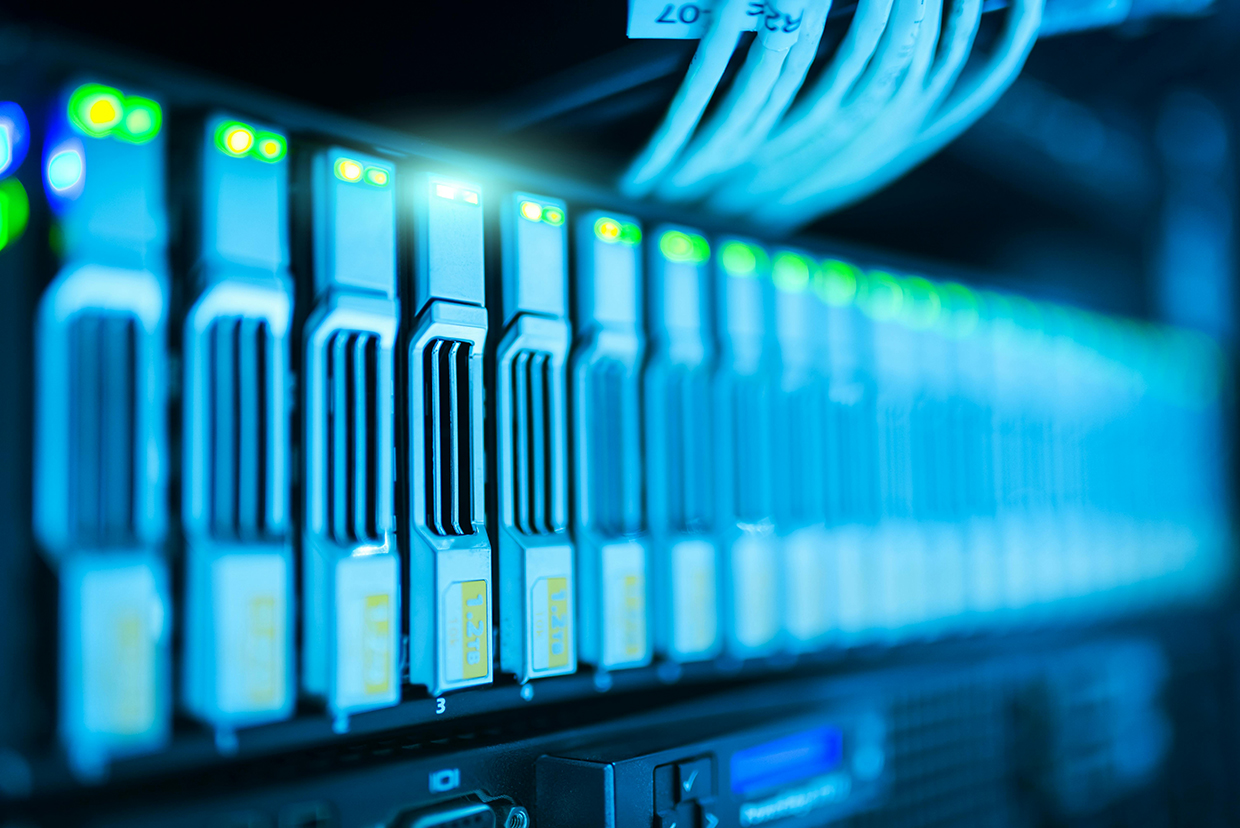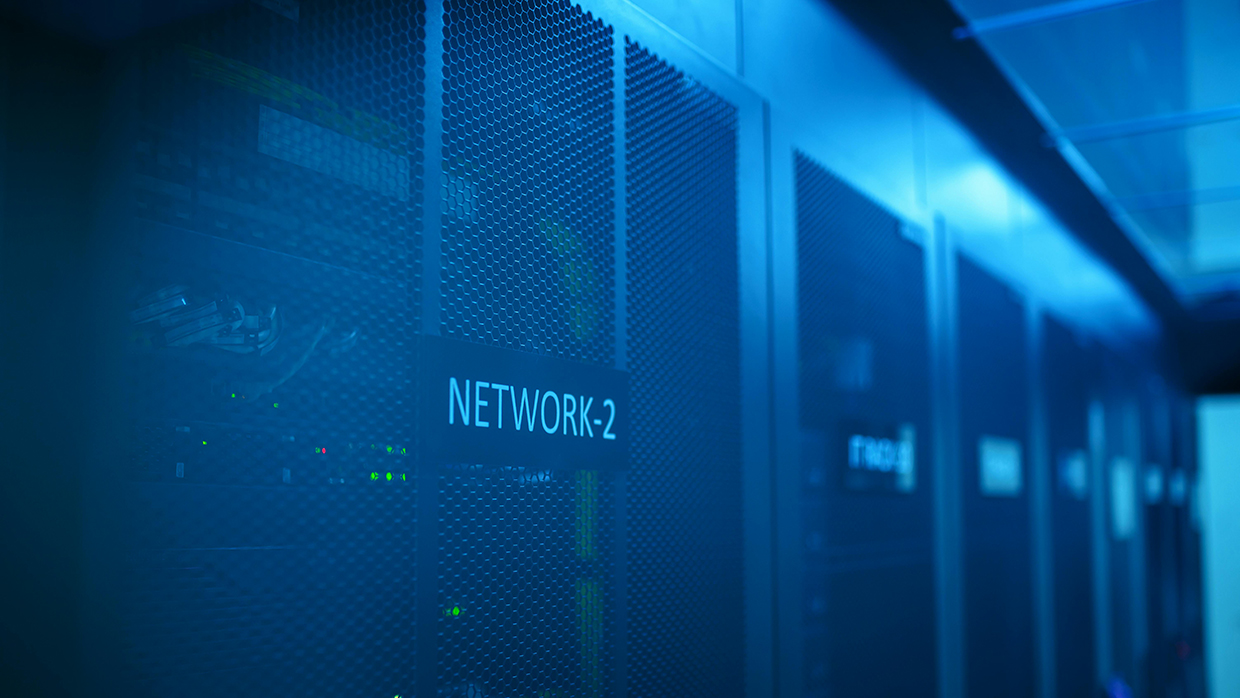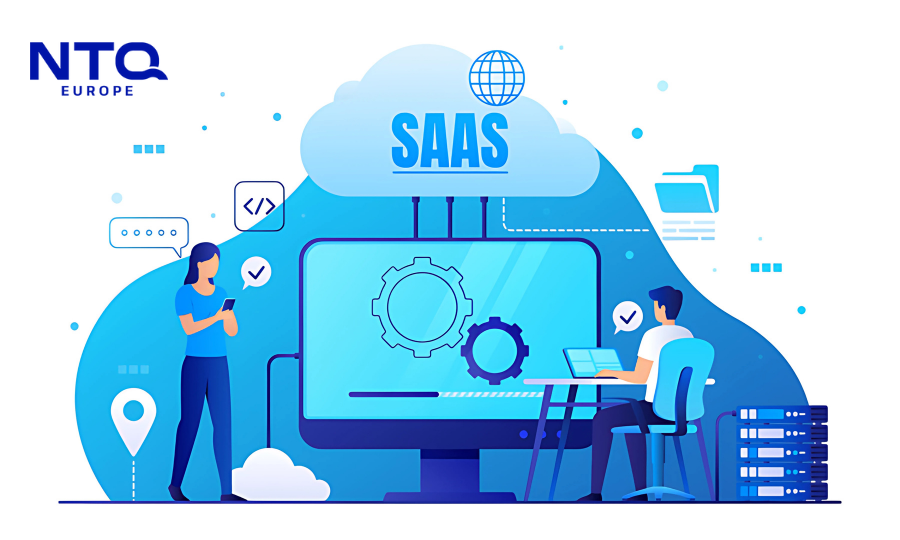Introduction to EMR Integration
In today’s healthcare landscape, EMR integration is no longer a luxury—it’s a necessity. As medical practices transition to digital-first environments, the ability to seamlessly connect disparate systems is vital. EMR, or Electronic Medical Records, are digital versions of patient charts containing comprehensive information such as medical history, diagnoses, medications, treatment plans, immunization dates, allergies, and test results.
EMR integration refers to the process of connecting these EMR systems with other third-party applications, devices, and internal software platforms. This ensures that data flows securely, consistently, and in real time across the entire healthcare ecosystem.
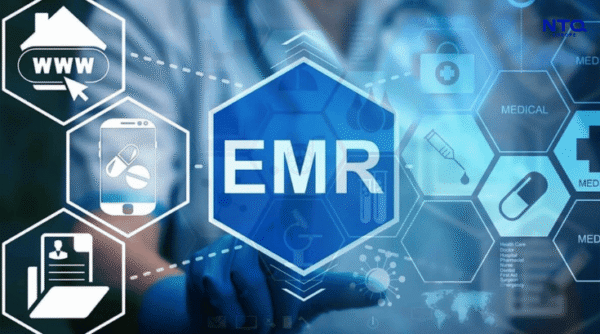
As healthcare organizations embrace digital transformation, the need for emr system integration becomes increasingly apparent. Integration improves clinical workflow efficiency, enhances diagnostic accuracy, and delivers faster, more coordinated care. Without integration, systems remain siloed, leading to fragmented care, duplicated efforts, and data entry errors that can compromise patient safety.
How EMR Integration Works
At its core, emr data integration enables the bi-directional exchange of patient data between the EMR and other healthcare applications. The most common methods for achieving this include standardized protocols like HL7 (Health Level 7), FHIR (Fast Healthcare Interoperability Resources), and custom APIs tailored to unique system requirements.
Data Synchronization in Real Time
When emr integration tools are properly implemented, real-time synchronization becomes possible. For example, when a laboratory uploads test results into a LIMS (Laboratory Information Management System), those results are instantly reflected in the patient’s EMR. Similarly, when a clinician updates medication or adds a new diagnosis, that data is immediately available for pharmacy, billing, and insurance systems.
EMR API integration allows for custom workflows that can manage everything from prescription refills to remote monitoring. Integration extends across various healthcare systems, including:
- LIMS: Real-time import of lab results.
- RIS/PACS: Syncing radiology images and diagnostic data.
- Billing and Insurance Systems: Automated claims processing and reconciliation.
- Appointment Scheduling: Unified patient booking and reminders.
This level of emr integration software ensures that the right data reaches the right people at the right time.
Benefits of EMR Integration for Healthcare Providers
The advantages of emr integration services extend far beyond convenience. At a systems level, integration directly impacts patient outcomes, operational efficiency, and regulatory compliance.
1. Reduced Manual Errors
One of the most significant benefits is the reduction in data entry errors. With seamless emr data integration, information is automatically shared between systems, eliminating the need for redundant manual input and minimizing human error—especially in time-critical scenarios.
2. Improved Staff Productivity
Integrated systems allow clinicians, nurses, and administrative staff to work more efficiently. For example, when scheduling systems are connected to EMRs, front desk staff no longer have to verify availability manually. Nurses can access up-to-date vitals and lab results instantly. Physicians can make decisions with a comprehensive view of a patient’s health journey.
3. Enhanced Patient Experience
From online appointment booking to personalized treatment plans, emr integration solutions allow for smoother interactions throughout the care continuum. Integration helps streamline the patient journey—from intake and diagnostics to follow-up and chronic care management.
4. Advanced Analytics and Decision-Making
With unified access to structured data, healthcare providers can engage in advanced analytics, predictive modeling, and population health management. Integrated systems also support chronic disease monitoring, improve readmission tracking, and assist in resource allocation.
Key Technologies Used in EMR Integration
Understanding the core technologies behind emr integration tools is essential for implementing an effective and scalable solution.
HL7 (Health Level Seven)
HL7 is one of the most widely used standards for electronic data exchange in healthcare. It defines a set of rules and message formats for communicating clinical and administrative data between software applications.
HL7 has been instrumental in shaping the landscape of hl7 emr integration, enabling systems like EMRs, lab systems, and imaging software to share structured data in real time.
FHIR (Fast Healthcare Interoperability Resources)
FHIR is a modern standard built on RESTful APIs that allows for easier web-based access to healthcare data. It supports mobile applications, cloud communications, and real-time data exchange. FHIR is especially valuable for organizations embracing telemedicine and remote patient monitoring platforms.
Because of its modular design and compatibility with modern web technologies, FHIR-based emr integration API is often the preferred approach for healthtech startups and newer systems.
Middleware and Integration Engines
Platforms like Mirth Connect, Redox, and InterSystems Ensemble serve as integration engines, bridging the gap between EMR systems and external tools. These engines manage data transformations, validations, and routing logic, ensuring that messages are interpreted correctly by each system.
Other components like API gateways and message brokers are used to manage real-time data streams, prioritize traffic, and implement security protocols.
EMR Integration with Third-Party Applications
As healthcare systems grow more digital and patient-centric, emr integration increasingly involves a broader range of third-party platforms and tools that go beyond traditional clinical systems.
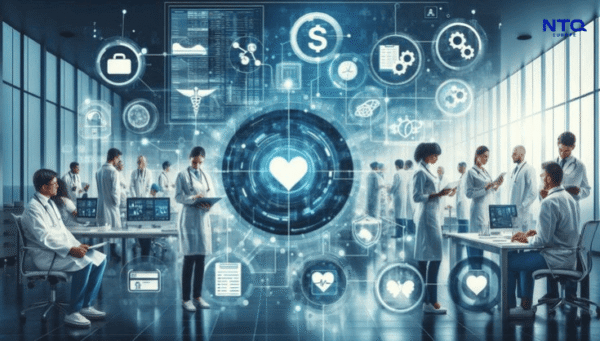
CRM and Patient Experience Platforms
Integration with Customer Relationship Management (CRM) systems enables healthcare providers to better manage patient engagement, communications, and outreach campaigns. When synced with EMRs, CRM platforms can send personalized reminders, post-visit surveys, and health education content based on each patient’s medical history.
Wearables and IoT Devices
Today’s patients are more connected than ever, using wearable health devices and home-monitoring systems to track vital signs, activity levels, and symptoms. Medical device integration with EMR allows providers to pull this data directly into the patient’s record, creating a more comprehensive view of their health.
Examples of this include:
- Continuous glucose monitors synced with diabetes management tools.
- Smartwatches transmitting heart rate and sleep patterns.
- Blood pressure cuffs connected via Bluetooth to EMRs.
Billing, Insurance & Financial Systems
Efficient emr integration solutions often include connections to billing, insurance, and claims systems, enabling providers to streamline the revenue cycle. Real-time verification of insurance eligibility, automatic billing code generation, and faster claims submission help reduce administrative overhead and improve cash flow.
Telemedicine and Patient Portals
In the post-pandemic world, telehealth has become an essential part of care delivery. Integrating EMRs with telemedicine platforms allows physicians to access medical records during virtual consultations. Similarly, patient portals empower individuals to view test results, request prescriptions, and track their health history—all synced with the EMR in real time.
Challenges in EMR Integration Projects
Despite the clear benefits, implementing a robust emr integration strategy comes with a set of challenges—especially for organizations with legacy systems or limited IT infrastructure.
Data Standardization Across Systems
Different EMRs may store and structure data differently, making data standardization a significant hurdle. One EMR might label a test as “CBC” while another labels it “Complete Blood Count.” Without careful mapping and normalization, data may become fragmented or misinterpreted.
Compliance and Data Privacy
Healthcare data is highly sensitive, and integration raises serious concerns about HIPAA (in the U.S.) and GDPR (in Europe) compliance. Exchanging patient records across platforms must be done securely, with explicit patient consent, access controls, and audit trails.
High Integration Costs
For hospitals and clinics that lack in-house expertise or operate older systems, integration can become expensive. Without ready-made connectors or emr integration tools, organizations might need to build custom solutions from scratch, increasing project timelines and risk.
Vendor Lock-In and Poor Documentation
Some EMR providers limit access to their APIs or provide incomplete documentation, making emr api integration complex and error-prone. Others charge exorbitant fees for access, effectively locking users into their ecosystem and reducing flexibility.
Security and Compliance in EMR Integration
To ensure trust and integrity in healthcare IT systems, emr integration software must be built with security and compliance at its core.
Data Encryption and Access Management
Sensitive health data must be encrypted during transit (using TLS) and at rest (using AES-256 or stronger). Role-based access controls (RBAC) ensure that only authorized individuals can view or modify specific data fields.
Multi-factor authentication (MFA), biometric logins, and OAuth 2.0 protocols are increasingly used to strengthen system access.
International Compliance Standards
A robust emr integration solution should comply with:
- HIPAA (for handling protected health information in the U.S.)
- GDPR (for safeguarding personal health data in the EU)
- HL7/FHIR messaging standards
- National and local healthcare regulations (e.g., NHS in the UK, HAS in France)
Monitoring, Auditing, and Backup
Secure systems include audit logging to track all user actions and system events. In the event of a breach or data loss, automated backup systems and disaster recovery protocols ensure business continuity and compliance reporting.
Choosing the Right Partner for EMR Integration
Selecting the right integration partner is as critical as the technology itself. A strong EMR integration partner should offer:
Broad Technical Expertise
They must have proven experience with major EMR platforms like Epic, Cerner, Allscripts, Meditech, and others. Proficiency in emr integration api design, hl7 emr integration, and FHIR is essential.
Healthcare Domain Knowledge
Beyond technical ability, the right partner understands clinical workflows, compliance requirements, and patient safety implications. This reduces the risk of process misalignment or functionality gaps.
Scalable and Customized Solutions
Every healthcare organization has unique needs. The right provider offers tailored emr integration services that can scale with growth—whether adding new departments, launching remote care services, or expanding to new geographies.
Ongoing Support and Maintenance
EMR integration is not a one-time event. A good partner provides long-term support, including system monitoring, updates to meet compliance standards, and continuous optimization of data flow.
Why Choose NTQ Europe for EMR Integration
As the healthcare industry evolves, emr integration will be a defining factor in determining operational excellence, patient satisfaction, and future innovation. With the right technology, team, and partner, organizations can unlock powerful capabilities—from better chronic care management to real-time clinical decision support.
Whether you are a hospital looking to modernize your tech stack or a digital health startup building next-gen apps, the ability to integrate with EMRs securely and effectively is a cornerstone of success.
Ready to transform your healthcare operations?
Contact NTQ Europe today to explore our tailored emr integration services designed for your future.
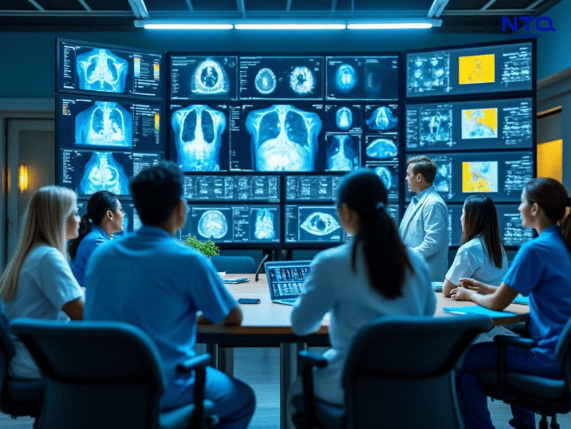
At NTQ Europe, we specialize in delivering high-performance EMR integration solutions that meet the demands of modern European healthcare environments.
Trusted Expertise in Healthcare IT
With years of experience in working with hospitals, clinics, and healthtech companies, NTQ Europe offers deep knowledge in emr integration tools and international healthcare standards.
Proven Technology Stack
Our engineers are proficient in HL7, FHIR, RESTful APIs, and message brokers, and have successfully integrated with top EMR platforms such as Epic, Cerner, Allscripts, and Meditech.
Flexible and Compliant Solutions
NTQ’s solutions are fully customizable to meet your unique clinical and business requirements. We prioritize data security, GDPR compliance, and seamless user experience across platforms.
Agile Approach and Long-Term Commitment
Through agile methodology and lean processes, we accelerate time-to-market while delivering real value. From strategy to implementation and ongoing optimization,NTQ Europe is committed to your success at every stage.










